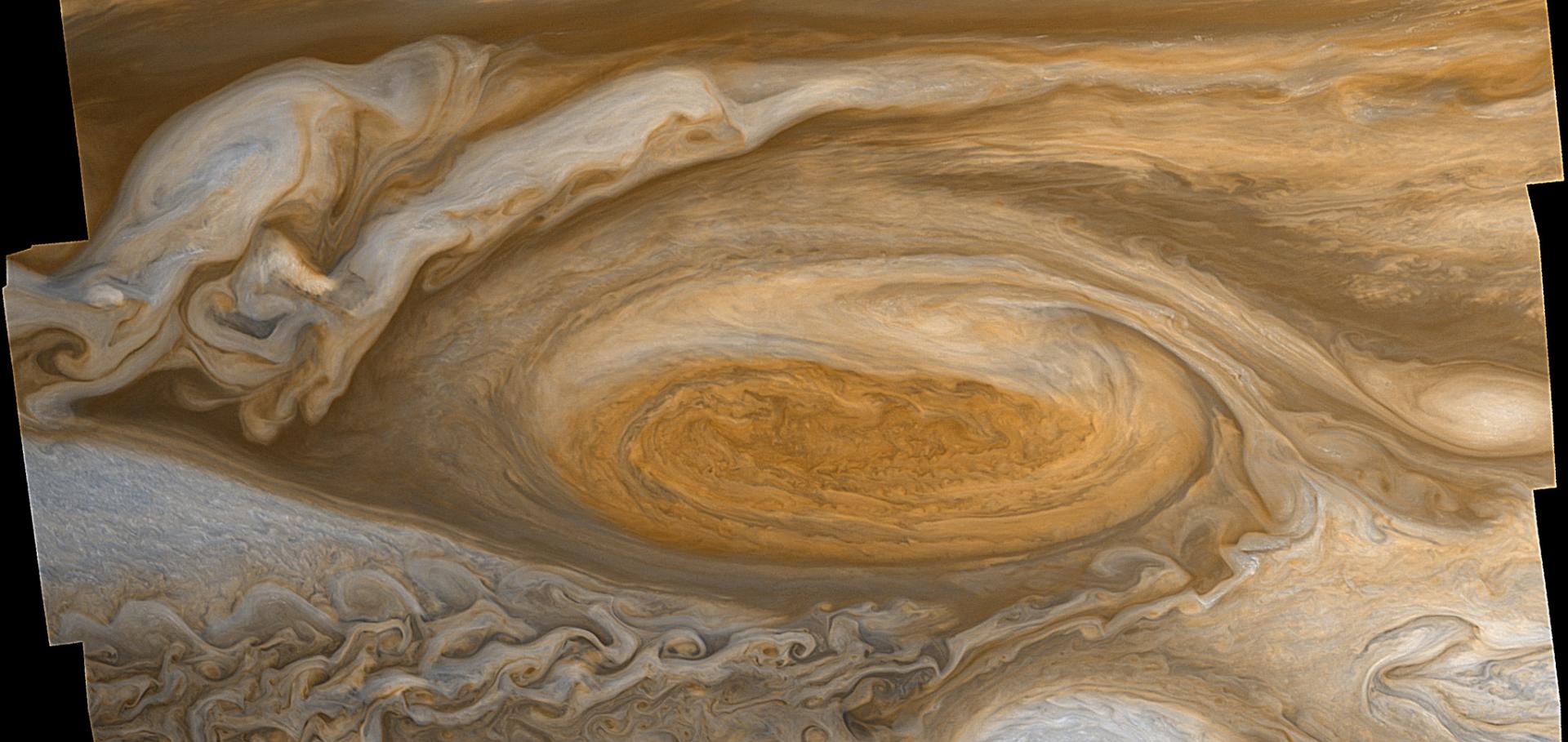Global energy budgets and 'Trenberth diagrams' for the climates of terrestrial and gas giant planets
Abstract:
The climate on Earth is generally determined by the amount and distribution of incoming solar radiation, which must be balanced in equilibrium by the emission of thermal radiation from the surface and atmosphere. The precise routes by which incoming energy is transferred from the surface and within the atmosphere and back out to space, however, are important features that characterize the current climate. This has been analysed in the past by several groups over the years,based on combinations of numerical model simulations and direct observations of theEarths climate system. The results are often presented in schematic form to show the main routes for the transfer of energy into, out of and within the climate system. Although relatively simple in concept, such diagrams convey a great deal of information about the climate system in a compact form. Such an approach has not so far been widely adopted in any systematic way for other planets of the Solar System, let alone beyond, although quite detailed climate models of several planets are now available, constrained bymany new observations and measurements. Here we present an analysis of the global transfers of energy within the climate systems of a range of planets within the Solar System,including Mars, Titan, Venus a nd Jupit er, a s mo delled by rela t ively co mprehens iveradiative transfer and (in some cases) numerical circulation models. These results are presented in schematic form for comparison with the classical global energy budget analyses (e.g.Trenberth et al. 2009; Stephenset al.2012; Wildet al.2013; IPCC 2013)for the Earth, highlighting important similarities and differences. We also take the first steps towards extending this approach to other Solar System and extra-solar planets,including Mars, Venus, Titan, Jupiter and the ‘hot Jupiter’ exoplanet HD189733b, presenting a synthesis of `both previously published and new calculations for all of these planets.Synchronisation of the equatorial QBO by the annual cycle in tropical upwelling in a warming climate
Abstract:
The response of the period of the quasi-biennial oscillation (QBO) to increases in tropical upwelling are considered using a one-dimensional model. We find that the imposition of the annual cycle in tropical upwelling creates substantial variability in the period of the QBO. The annual cycle creates synchronisation regions in the wave forcing space, within which the QBO period locks onto an integer multiple of the annual forcing period. Outside of these regions, the QBO period undergoes discrete jumps as it attempts to find a stable relationship with the oscillator forcing. The resulting set of QBO periods can be either discrete or broad-banded, depending on the intrinsic period of the QBO.
We use the same model to study the evolution of the QBO period as the strength of tropical upwelling increases as would be expected in a warmer climate. The QBO period lengthens and migrates closer towards 36 and 48 month locking regions as upwelling increases. The QBO period does not vary continuously with increased upwelling, however, but instead transitions through a series of 2- and 3-cycles before becoming locked to the annual cycle. Finally, some observational evidence for the cyclical behaviour of the QBO periods in the real atmosphere is presented.


